Critics reviews
Richard Hemming - jancisrobinson.com - 16-Jan-2008
About this WINE

Grenache/Garnacha
Grenache (Noir) is widely grown and comes in a variety of styles. Believed to originate in Spain, it was, in the late 20th century, the most widely planted black grape variety in the world. Today it hovers around seventh in the pecking order. It tends to produce very fruity, rich wines that can range quite widely in their level of tannin.
In many regions – most famously the Southern Rhône, where it complements Syrah and Mourvèdre, among other grapes – it adds backbone and colour to blends, but some of the most notable Châteauneuf du Pape producers (such as Château Rayas) make 100 percent Grenache wines. The grape is a component in many wines of the Languedoc (where you’ll also find its lighter-coloured forms, Grenache Gris and Blanc) and is responsible for much southern French rosé – taking the lead in most Provence styles.
Found all over Spain as Garnacha Tinta (spelt Garnaxa in Catalonia), the grape variety is increasingly detailed on wine labels there. Along with Tempranillo, it forms the majority of the blend for Rioja’s reds and has been adopted widely in Navarra, where it produces lighter styles of red and rosado (rosé). It can also be found operating under a pseudonym, Cannonau, in Sardinia.
Beyond Europe, Grenache is widely planted in California and Australia, largely thanks to its ability to operate in high temperatures and without much water. Particularly in the Barossa Valley, there are some extraordinary dry-farmed bush vines, some of which are centuries old and produce wines of startling intensity.



Buying options
Add to wishlist
Description
100% Garnacha in 2006, L’Ermita is made from 60-100 year old vines, farmed at 15 hl/hectare and then aged for 18-19 months in new French barrels. 2006 is the first time that the wine is made exclusively from Garnacha; for me the result is surprisingly supple and approachable. In anticipation of a monolithic monster, a rock of mistanthropic certitude, one is astonished to taste a soft and wonderfully fruity wine, its tannins tightly woven, its colour gently warming and its personality far from hermitic.
Simon Field MW, Fine Wine Buyer A jaw-dropping price for Palacios’ Grand Vin, but my God it is a beauty. Pure, tight, and seemingly rather light on the nose at first, the concentration of mineral-infused, slightly smoky red fruit begins to come into focus. The palate has fantastic natural concentration with a great core of intense minerality, around which is layered the sweet fruit and shimmering acidity. Wearing its oak and structure lightly, this is serious stuff and probably fairly invincible.
The Wine Gang - Top 20 BBR Wines - July 09
wine at a glance
Delivery and quality guarantee